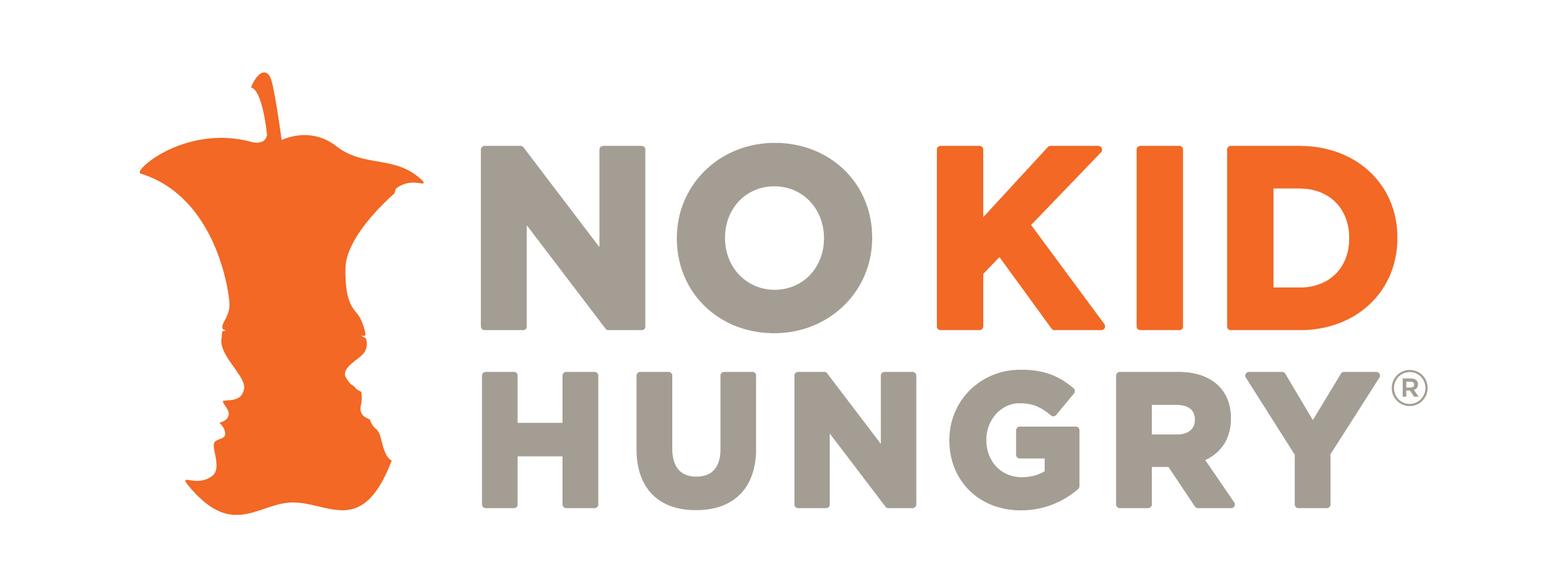
For millions of kids in the United States, summer is the hungriest time of year. When schools close for the summer it’s much harder to reach kids with the food they need. Last summer, however, even as the need skyrocketed during the pandemic, so did the reach of the summer meals programs. Innovations and meal program flexibilities were implemented that allowed organizations to serve more meals and ultimately reach more kids in need.
This success shows just how much our country needs these policies to be permanent and in place every summer, and they work. But it will take action from Congress to make this a reality. Here are five things to know about ending summer hunger for kids.
- This summer, an estimated 13 million kids may face hunger.Many kids in America are excited for the last day of school, but for children from low-income families, summer can be a time filled with worry and anxiety. That’s because during the school year, many of these children receive meals through school breakfast, school lunch and afterschool meals. When schools close for the summer, these programs are no longer available. This put a strain on family budgets and many are forced to make difficult trade-offs between paying for groceries or paying rent and utility bills. As we continue to fight the pandemic, we know that summer hunger will still be severe this year. Estimates show that as many as 13 million kids – or 1 in 6 – could face hunger in 2021.
- Summer meals programs were designed to help kids get the nutrition they need when schools are closed, but there are too many barriers preventing children from accessing meals. The federal Summer Food Service Program (SFSP) and the National School Lunch Program’s Seamless Summer Option (SSO) – what we generally refer to as summer meals programs – are designed to ensure kids get the nutrition they need when school is not in session. These programs are funded by the U.S. Department of Agriculture, administered by state agencies and hosted at thousands of local organizations like schools, parks and community centers.Unfortunately, before the pandemic, summer meals only reached 14% of eligible kids. That’s because there are too many barriers preventing them from accessing meals, like lack of transportation, for example. With school buses not operating and parents at work, many kids lack transportation to summer meals sites. Extreme heat, thunderstorms and other severe summer weather can close sites, many of which operate outdoors. And, the summer meals programs mandate that kids eat all meals onsite within a certain timeframe, which can be a challenge with transportation and parent work schedules.
- In the summer of 2020, participation in the summer meals programs increased by 160% thanks to critical flexibilities.During the pandemic, more kids received the nutrition they needed in the summer because of new flexibilities available to schools and community organizations. For example, parents were able to pick up multiple meals at a time to bring home for kids, or meals could be dropped of at a child’s home. In fact, in 2020, 148 million more meals were served to kids in need because of these flexibilities.
- Making these program flexibilities permanent is key to reaching more kids with the nutrition they need.Today’s summer meals programs are outdated and no longer meet the needs of low-income families and kids, especially those living in rural and hard-to-reach communities.The success we saw in reaching more kids with the food they needed during the pandemic shows us that our nation needs to permanently update and create more flexible ways to feed children. We should continue to allow meals to come to kids instead of requiring them to travel to a meal site to eat. We should also continue offering direct resources to families through programs like Pandemic EBT and the summer version, Summer EBT, which provides families with a grocery benefit when school meals can’t be accessed. The bottom line: Meeting kids where they are with the food they need would ensure more equitable access to nutritious meals for everyone. Click here for more policy solutions to the summer hunger crisis.
- The next best chance to update the summer meals programs is through a process called Child Nutrition Reauthorization. Some of the most common barriers children and families face in accessing summer meals can only be solved with legislation. Congress has the power to make these changes through a process called Child Nutrition Reauthorization, or CNR for short. This process is how Congress makes updates and changes to the laws that govern all child nutrition programs, like school meals and summer meals.The CNR process is usually kick-started by a Congressional hearing on the issue, followed by a piece of legislation called a marker bill. Marker bills help legislators signal and build support for the issue and help drive action on a larger piece of legislation. And right now, there are four proposals – three marker bills and the President’s American Families Plan – on the table that could help end childhood hunger in the summertime.The Senate and the House of Representatives both need to draft, pass and agree on this legislation, so the whole CNR process can take several months to get across the finish line.
With practical, common sense policy changes, Congress can ensure more kids get the nutrition they need. Join No Kid Hungry on June 23 for a digital day of action to end summer hunger. Learn more here.

